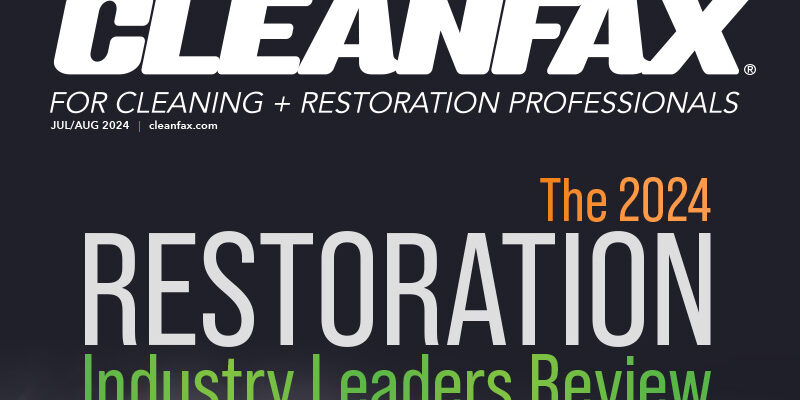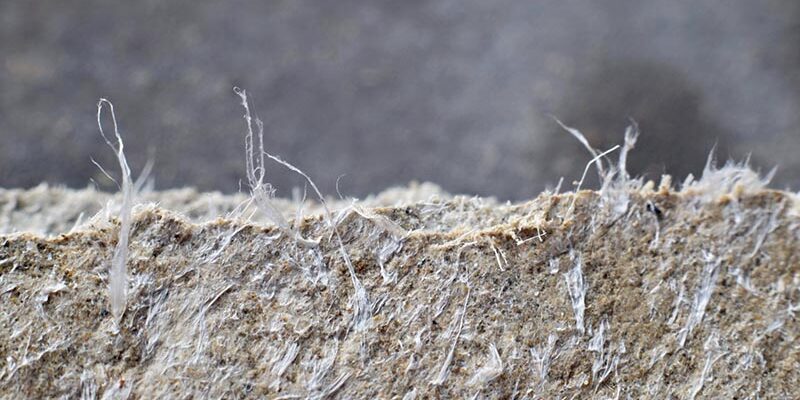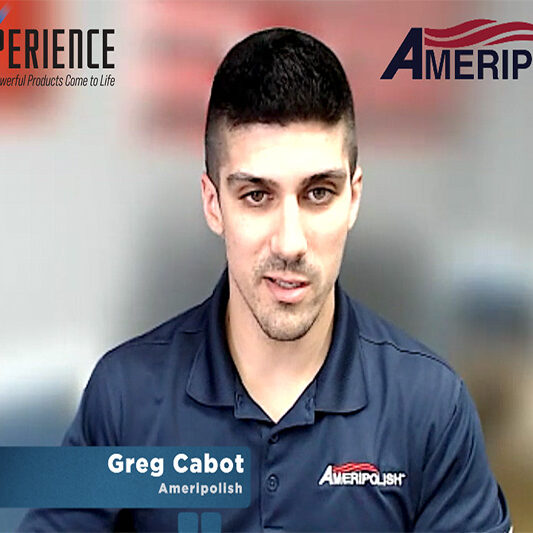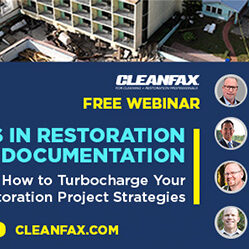What’s In Your Prespray?

Cleaners will, just like all trades people, cuss and discuss the characteristics about the tools of their trade.
Personally, I enjoy hearing cleaning and restoration professionals argue about characteristics, such the current draw in air movers, the air flow in a truckmount, the pH of a cleaning product and so forth.
A common question from these discussions is, “What is the best (fill in the blank)?”
When it comes to one of the most important cleaning solutions — presprays or preconditioners, you choose the term you like — I suggest that there is good news and bad news.
The good news is that most products in the marketplace work pretty well for most applications. The bad news is that there is no best product for every application.
Lurking inside the use of any product, no matter how well designed, is a problem. It would be like asking a carpenter which hammer is the best to use for all the work in building a house. While the standard claw hammer might work in most of the construction, it is not a universal choice for all construction jobs. It takes experience to know when to select a sledge hammer, a ball peen hammer or some other type of hammer.
In a short survey article like this, perhaps the best approach is to consider some leading ingredients used in presprays, what those ingredients deliver and how they can fall short.
Of course virtually all prespray products have multiple components.
Some of this information is applicable to other cleaning solution chemistry as well, such as spotters.
Surfactants
Much has been written about this class of molecule and most cleaners are familiar with surfactants and surfactant types: Anionic, cationic, amphoteric and nonionic.
Surfactant molecules provide the following services: Foaming, surface tension lowering, wetting, soil suspension and emulsification. The industry uses hundreds of different surfactant types.
What can go wrong with surfactants? Some are mutually incompatible, some foam when you don’t want foam, some biodegrade very slowly and some are irritating to skin, eyes and lungs — even the ones used in cosmetics and toothpaste.
Of course, the worst characteristic for cleaners is that some leave sticky residues that lead to the dreaded customer complaint about resoiling.
Some tips when using surfactant containing products:
- Use no more than the recommended label concentration. Surfactants don’t always work better at higher concentrations. Sometimes the performance actually declines.
- If you get creative and think you have an additive that works great in a surfactant containing product, check with the manufacturer first. You might indeed have a great idea, but there might be a compatibility problem.
- Low foaming surfactants are becoming ever more popular and they actually work pretty well. If you are accustomed to seeing foam during a preconditioning, for example, and you don’t see it when testing a new product, fear not. If it cleans, the lack of foam will make the extraction process much easier.
Solvents
The story on solvents is similar to that of surfactants: Hundreds of types, multiple functions and multiple downsides.
Of course a chemist, like me, considers water a solvent and quite a good one. Water is actually a very unique molecule and is very important in cleaning.
The major function of a solvent is, of course, to dissolve something. That “something” is intended to be the soil but, hopefully, will not include the fabric, the shiny coating on the surface or a textile dye.
Chemists use weird terms all the time. In the case of solvents, we use the term “polarity”. No need to get into the details here, but suffice to say that some solvents are very polar and some non-polar.
Polar solvents tend to dissolve in water, and non-polar solvents tend to dissolve in oil. Solvent polarity crosses the entire spectrum so that a product formulator can dial in virtually any solubility that he or she wants. It is very common to use a blend of solvents in a prespray in order to attack specific soil types.
We often describe water soluble and solvent soluble soils, so an intelligent selection of solvents goes a long way toward removing such diverse materials as petroleum based soils, cosmetics stains, dried fruit juice and so forth.
Solvents have received more than their share of attention over the years. Volatile types can, but do not always, cause bad odor, health issues, air pollution and fire hazards.
Because of these problems, solvents have received a lot of regulatory attention, so cleaners continue to see dramatic changes in product design. California, for example, updated their volatile solvent regulations once again as of December 31, 2012.
Your customers also tend to be somewhat concerned about solvents for fear of odor and/or health impact. The trend therefore is to use solvents that will not evaporate but are very water soluble and easily biodegraded.
Enzymes
Most cleaners have seen and used enzymes in the form of spotters, presprays and odor control agents at one time or another, so most of you reading this article are familiar with them. I still get the questions, however:
- What, exactly, are enzymes?
- How do enzymes work?
These are interesting questions because enzymes are really important molecules both in cleaning and in our normal body function.
Perhaps the best way of describing an enzyme, at least the types used in cleaning products, is that they are a pair of chemical scissors. They find something to cut, cut it and then move along to the next thing. Just as a pair of literal scissors is not changed or destroyed when properly used to cut paper, so too an enzyme molecule reacts to break down a soil type but isn’t changed or destroyed in the process.
Enzymes have become popular for several reasons. They are viewed as relatively safe because they are not corrosive and don’t generate ozone such as would a solvent. They are also naturally derived, which is a very popular catch phrase these days.
As with surfactants, we can offer a few tips on proper use:
- Enzymes tend to be pretty fussy about their environment. They usually work better when warm, but not too warm. They become ineffective if temperatures are too hot. They also work best in a specific pH range, so don’t get creative with acidic or alkaline additives unless the manufacturer specifies their use.
- Enzymes like to do their work in a fairly leisurely manner. They don’t have a schedule to keep. You have to be patient and allow enough contact time for them to be effective.
- Enzymes can be pretty irritating to the lungs, so avoid breathing dusts or aerosols generated during normal application. After all, the enzyme can’t tell the difference between the protein soil in the carpet and the lining of your lungs.
Of course this is only a very brief article of prespray components. If you have questions, be sure to contact the manufacturer of your favorite products.
There is probably some chemist sitting in a lab just waiting to tell a customer all about how their favorite recipe works!
Mike Kernerhas been senior scientist with Legend Brands since 2009. He has 30 years of experience related to cleaning and restoration chemistry. Kerner provides technical support for chemical products in the various Legend Brands divisions including Dri-Eaz, ProRestore and Sapphire Scientific. He recently started providing technical support for Chemspec, a Legend Brands partner company.












